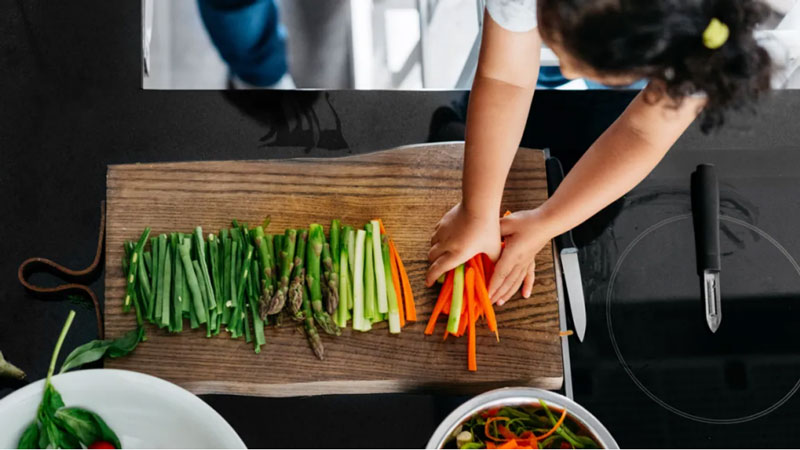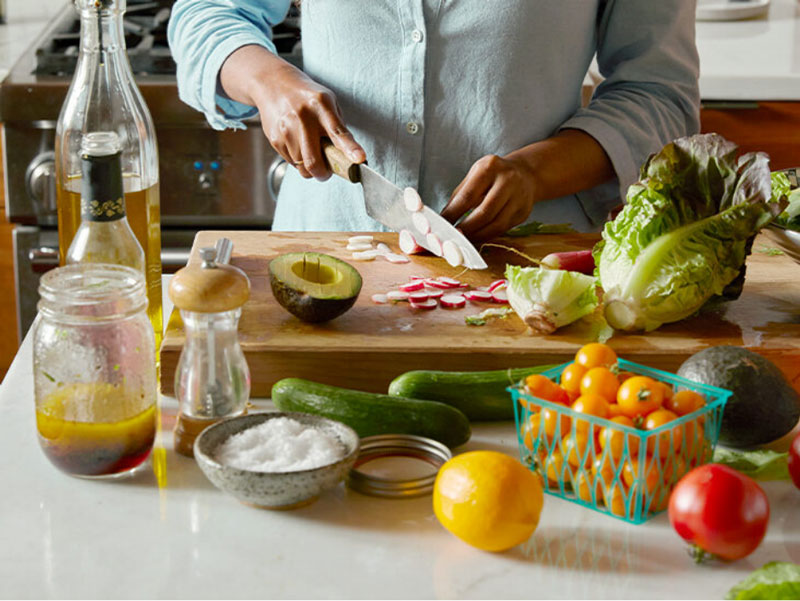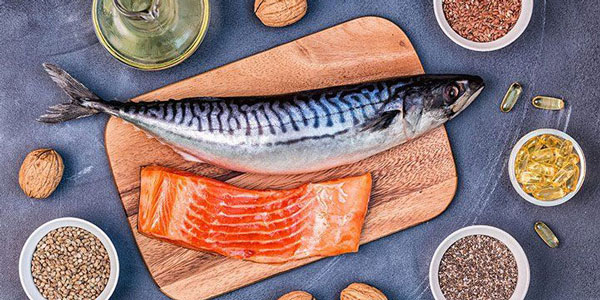Beets, broccoli, and Brussels sprouts: ugh! Wait a minute! Using a new cooking technique may turn the veggies you thought you loathed into scrumptious sides you'll want to make again and again. Listed here are 8 nutrient-rich veggies that may be improved in flavour with no effort.
Brussels Sprouts

In addition to being high in fibre and cancer-fighting phytonutrients, a cup of these tiny cabbages only has 38 calories. An organic substance causes the sulfurous odour that Brussels sprouts can emit. According to Cynthia Sass, MPH, RD, contributing nutrition editor at Health, "boiling can make them feel slimy and potentially leach some of the nutrients into the water."
To lock in nutrients and taste, roast Brussels sprouts. Sass recommends halving the potatoes, spraying them with olive oil scented with garlic and herbs, and then roasting them at 400 degrees.
Broccoli
Local ingredients are a great way to eat sustainably and healthfully. However, tracking down locally grown fruits and vegetables in the season takes time and effort. Because of this, Natalie Chanin, the creator of the eco-friendly clothing line Alabama Chanin, has made it her mission to ensure that the people in her hometown have access to fresh, locally grown food.
Peas

Split peas retain 16 of their original 50 g of fibre per cooked cup. Tanya Zuckerbrot, RD, warns that those who have only ever eaten canned peas may associate the vegetable with a mushy texture. You may also enjoy peas much more after blanching them. Peas retain their crisp texture when boiling quickly, as Zuckerbrot puts it. The National Center for Home Food Preservation recommends the following blanching times.
Overcooking causes a chemical shift that turns green vegetables like peas and other legumes into an unpleasant olive colour because the chlorophyll in them loses magnesium when exposed to high heat, as explained by nutritionist and author Sandor Zuckerbrot. Blanching, when done properly, will help your peas retain their maximum freshness.
Spinach
With only seven calories per cup, this superfood is packed with heart-healthy lutein, folate, potassium, and fibre. Some individuals can't stand the bitterness of raw spinach, while others find that it turns to mush if cooked for too long.
Sass suggests eating a spinach salad with fruit added to it to help mask the bitter taste. You may improve its flavour by adding a little olive oil as a finishing touch. I like to softly sauté it with minced garlic and diced sweet bell pepper in spicy chile oil.
Beets
Beets are antioxidants and a good source of iron, fibre, folate, and potassium. Beets have an earthy flavour due to geosmin, and a chemical is also present in carp and catfish. Unfortunately, it also has the potential to ruin the flavour of beets. Zuckerbrot notes that "that chemical is most concentrated in the skin of fresh beets.
That's why pre-peeling is required. The beets should be roasted with some olive oil, much like potatoes. You might also sample the crispiness of pickled beets. When pickled with vinegar, sugar, and spices, they take on the flavour of sweet pickles, as the author puts it.
Okra
Okra's insoluble fibre is a useful tool in the fight against constipation. Okra is also a strong source of vitamin B6 and folate. Many people have a negative impression of okra because of the squishy, cooked kind, according to Sass.
Intense heat causes the mucilage in okra's seed pods to thicken, making the vegetable sticky. Roasting, sautéing, or grilling okra brings it to its full taste. Sass enjoys barbecuing as much as everyone else. Grill them for about five minutes after tossing them with olive oil, lemon juice, and black pepper.
Onions
Onions have a high concentration of flavonoids, a polyphenol that is an antioxidant and anti-inflammatory agent. Additionally, its consumption has been associated with a reduced danger of cardiovascular disease and cancer.
No one can deny the aromatic scent and flavour of raw onions. And although some people adore the sour crunch they bring to a salad or sandwich; others are put off by their scent and taste. After 10 minutes of cooking over low to medium heat, onions begin to caramelize and acquire a sweet flavour, as described by Kirkpatrick.
Eggplant
Eggplant is loaded with disease-fighting antioxidants and is a good source of fibre, potassium, magnesium, and vitamin B6. "Some folks don't like how it may turn slimy if it's overdone," Zuckerbrot explains. It is also naturally strong and harsh in taste. Sass adds, "My preferred methods of consuming eggplant are oven-roasted and grilled."
Slice, drizzle with olive oil, and bake on a baking sheet at 400 degrees for 25 to 30 minutes, or skewer them for the grill. According to Sass, "grilled eggplant slices are delicious" when served with a dollop of olive tapenade. These eleven eggplant dishes are also worth a shot.




